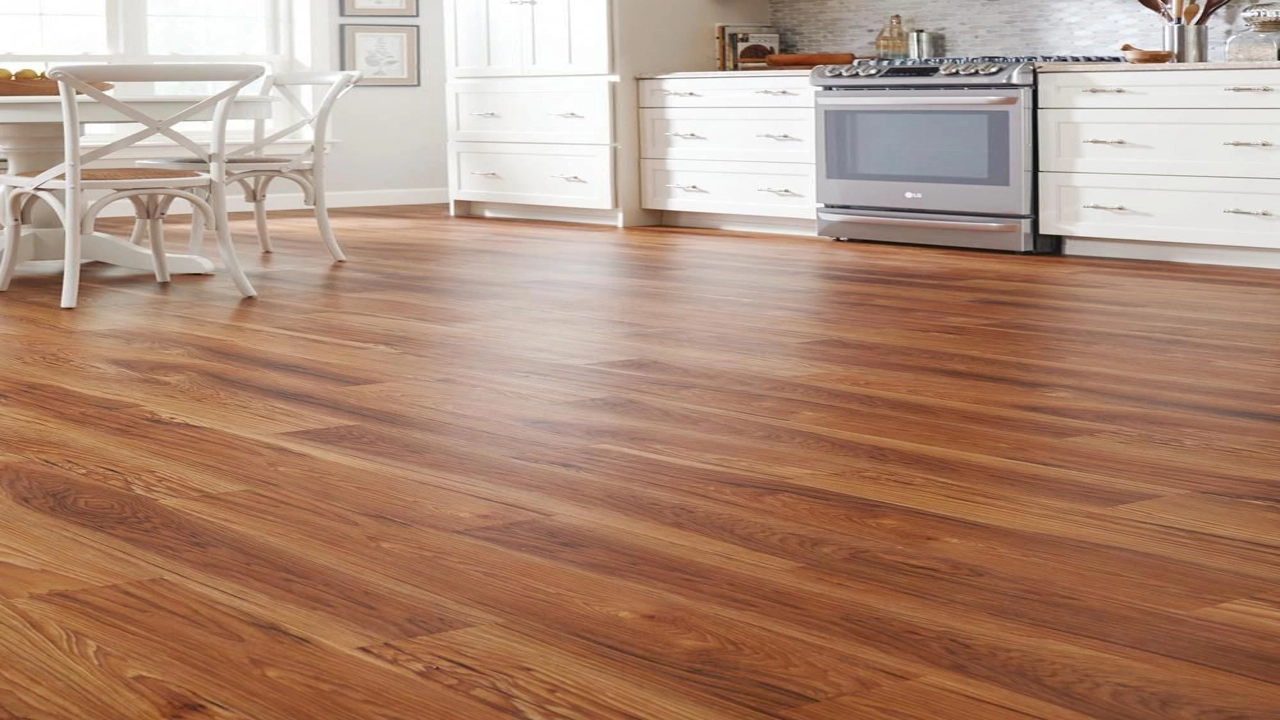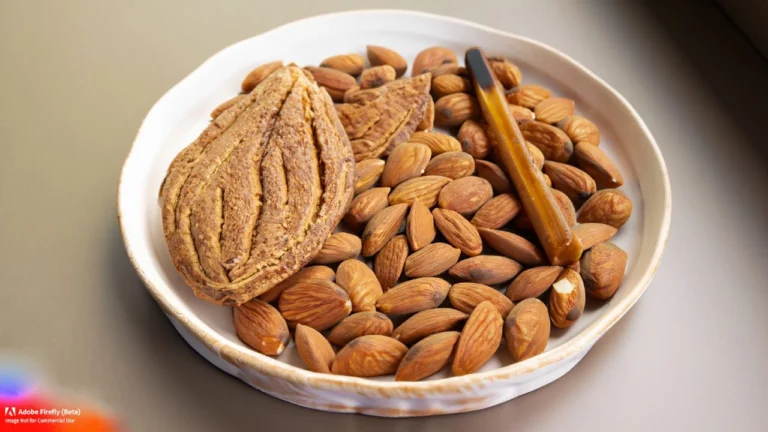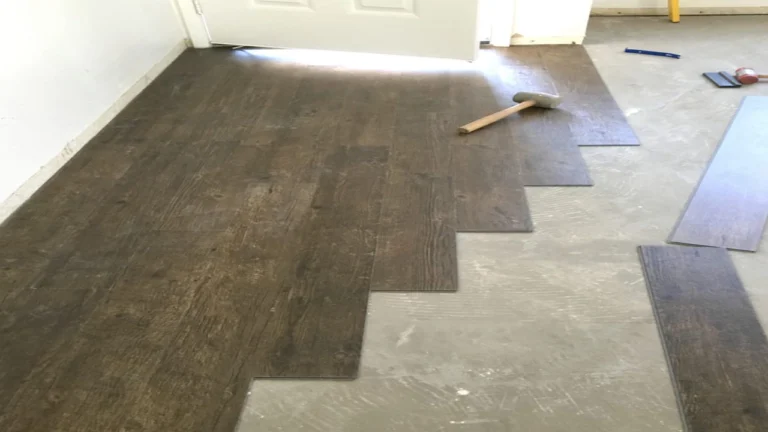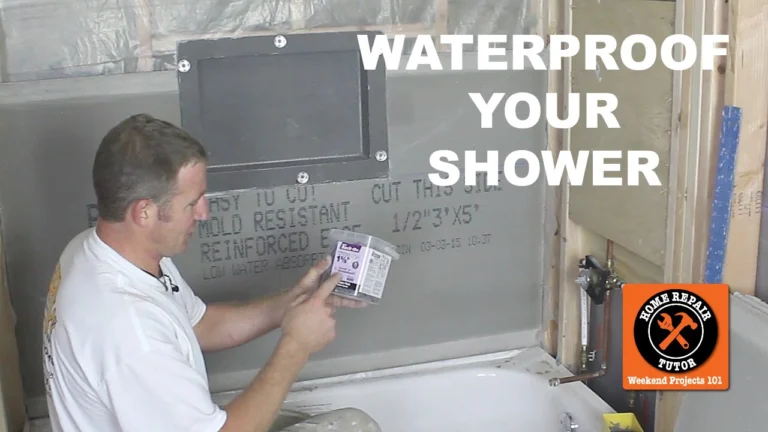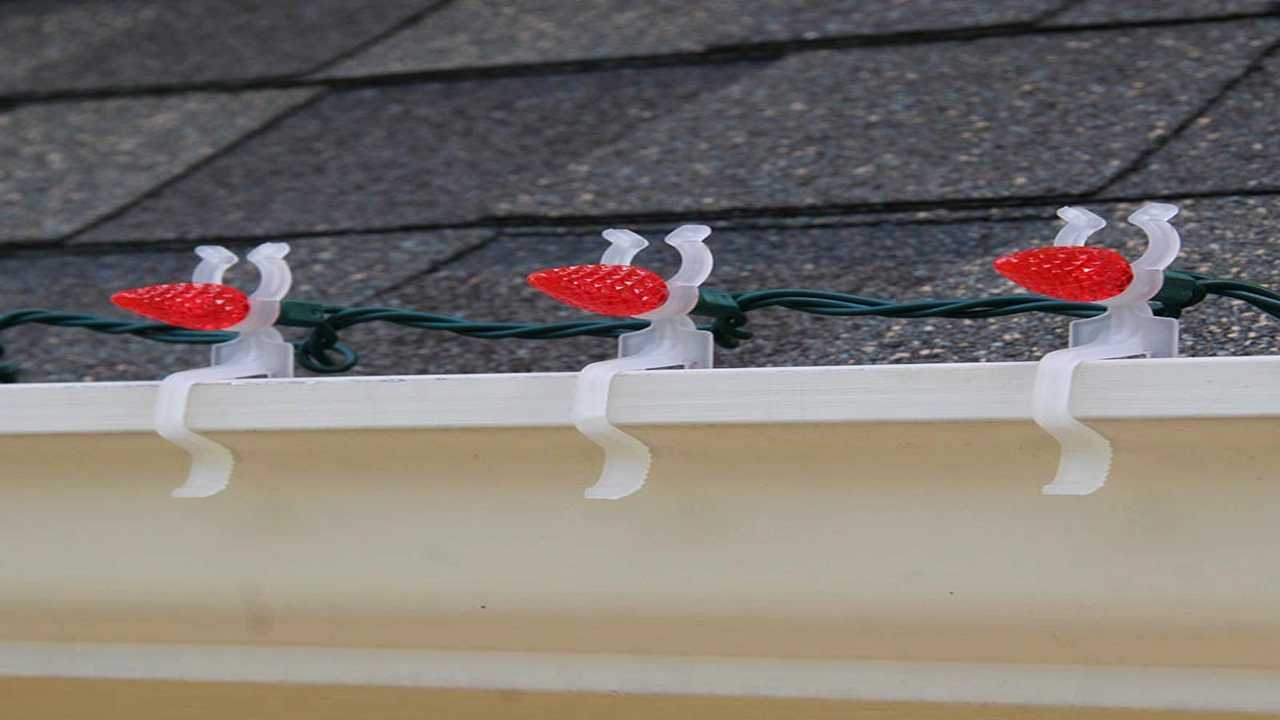Calculate your vinyl plank flooring needs don t get caught short
How much extra vinyl plank flooring to buy?
Knowing how much extra vinyl plank flooring to buy is crucial for a successful installation. It ensures you have enough to cover the entire area, including any unexpected cuts or mistakes. A general rule of thumb is to add 10% to your calculated square footage. However, factors like room shape, complex layouts, and the size of planks can influence the required extra.
For complex installations, a 15% increase in flooring may be more appropriate. This accounts for intricate patterns, tight corners, and potential waste from challenging cuts. Always consult with a flooring professional for advice tailored to your specific project.
how much extra vinyl plank flooring do you really need
Installing new vinyl plank flooring is a fantastic way to upgrade your home’s look and feel. It’s durable, stylish, and relatively easy to install. But before you head to the store, you need to figure out how much vinyl plank flooring to buy. And that includes factoring in some extra for potential waste and mistakes.
How Much Extra Vinyl Plank Flooring to Buy?
The question of how much extra vinyl plank flooring to buy is a common one, and it’s essential to get it right. Buying too little means you’ll have to make a second trip to the store, potentially dealing with stock issues or price changes. Buying too much can lead to wasted money and storage headaches.
Factors to Consider
To determine how much extra vinyl plank flooring you need, several factors come into play.
- Room Size and Shape: This is the most obvious factor. You’ll need more flooring for larger rooms, and odd shapes can increase waste.
- Installation Pattern: Some patterns, like herringbone or diagonal, require more waste than others.
- Cutting and Fitting: Expect some waste during cutting and fitting around obstacles like doorways, pipes, and corners.
- Plank Length: Longer planks tend to require less waste compared to shorter ones.
- Experience Level: If you’re a DIY novice, you might want to factor in a bit more extra than someone with more experience.
General Guidelines
A common rule of thumb for how much extra vinyl plank flooring to buy is 10%. This accounts for general waste and cutting, but it’s a starting point.
Let’s break down some examples to illustrate this:
- Small Room (100 sq ft): You’d need 10 extra square feet, meaning you’d buy 110 square feet total.
- Medium Room (200 sq ft): You’d need 20 extra square feet, meaning you’d buy 220 square feet total.
- Large Room (300 sq ft): You’d need 30 extra square feet, meaning you’d buy 330 square feet total.
Adjusting for Specific Scenarios
These are just starting points. Here’s how to adjust your extra flooring based on your situation:
- Complex Shapes: If your room has lots of curves or angles, bump your extra flooring up to 15%.
- Experienced Installer: If you’re confident in your skills, you might get away with buying 5-8% extra.
- Unfamiliar Flooring: If you’re working with a new type of vinyl plank, consider adding an extra 5% to your total.
- Tight Budget: If you’re on a tight budget, aim for 5% extra.
- Don’t Want to Go Back: If you want to avoid any chance of running out, go for 15% extra.
Calculating the Exact Amount
To calculate the exact amount of vinyl plank flooring you need, you’ll need to measure your room’s dimensions:
- Measure Length and Width: Use a measuring tape to determine the length and width of your room.
- Calculate Area: Multiply the length by the width to get the total area in square feet.
- Add Extra: Multiply the total area by 10% (or the percentage you’ve decided on) to determine how much extra flooring you’ll need.
- Round Up: Round the total amount of flooring up to the nearest whole number.
Helpful Tips
- Get Help: If you’re unsure about any aspect of the calculation, don’t hesitate to ask for help from a flooring expert.
- Check for Waste: Before you start cutting, try to minimize waste by laying out the planks in a staggered pattern.
- Consider Waste from Corners: Corners often require extra cutting, so account for that in your calculations.
- Factor in Mistakes: It’s better to have extra flooring than to run out mid-installation.
- Look for Deals: Check for sales and promotions on flooring, as you might be able to save money by buying a larger quantity.
Additional Considerations
- Underlayment: Remember to factor in the amount of underlayment you’ll need for your installation. This typically comes in rolls and is measured in square yards.
- Accessories: Don’t forget to purchase any necessary accessories, such as moldings, trim, and transition pieces.
Finding Vinyl Plank Flooring
You can find a wide variety of vinyl plank flooring options at major home improvement stores like Home Depot, Lowe’s, and flooring specialty stores.
- Home Depot: [link to Home Depot flooring]
- Lowe’s: [link to Lowe’s flooring]
Conclusion
By carefully considering the factors involved and using the guidelines provided, you can accurately determine how much extra vinyl plank flooring to buy. This will help you avoid running out of flooring mid-installation and ensure you have enough to complete your project smoothly.
Remember, it’s always better to have a little extra than to be caught short.
is this much vinyl plank flooring really enough
You’ve decided to upgrade your floors with stylish and durable vinyl plank flooring. But before you head to the store, you’re likely asking yourself: how much extra vinyl plank flooring do you really need? This is a crucial question to answer, as overbuying can lead to wasted money, while underbuying can leave you short and frustrated during installation.
Understanding the Need for Extra Flooring
It’s generally recommended to buy extra vinyl plank flooring to account for potential waste and future repairs. Here’s why:
- Cutting and Fitting: Vinyl plank flooring requires precise cutting and fitting, especially around corners, doorways, and obstacles. You’ll inevitably have some scrap pieces, and these can add up quickly.
- Pattern Matching: Certain vinyl plank designs feature intricate patterns that need to be aligned properly. Matching these patterns can lead to additional waste.
- Future Repairs: Even with careful installation, life happens. Accidents, furniture spills, or even pet mishaps might require replacing individual planks in the future. Having extra flooring on hand ensures you can seamlessly match the existing floor.
How Much Extra Flooring is Enough?
The exact amount of extra flooring you need varies depending on the size of your space, the complexity of the layout, and the chosen plank design. However, a general rule of thumb is to purchase 10% to 15% extra flooring.
Factors that Influence Extra Flooring Requirements
- Room Size: Larger rooms often require more cutting and fitting, leading to more waste.
- Layout Complexity: Rooms with numerous corners, angles, or obstacles will demand more precise cuts and potentially more waste.
- Plank Design: Intricate patterns or unique textures may require more careful matching, increasing the amount of extra flooring needed.
Tips for Minimizing Waste and Calculating Extra Flooring
- Measure Twice, Cut Once: Double-check your measurements before cutting planks to minimize waste.
- Plan Your Layout: Carefully consider the placement of planks to minimize the need for complicated cuts.
- Utilize Leftover Pieces: Try to use smaller leftover pieces for areas like closets or under furniture where they won’t be as noticeable.
Don’t Forget About Accessories
While calculating the amount of extra vinyl plank flooring you really need, remember to factor in accessories like:
- Underlayment: A vital component that provides cushioning and insulation.
- Transition Strips: Used to smoothly transition between different flooring types.
- Molding: Provides a clean and finished look around edges and doorways.
Planning Your Vinyl Plank Flooring Project
By understanding the reasons for purchasing extra flooring, carefully considering the factors that influence your needs, and utilizing smart planning and cutting techniques, you can avoid unnecessary waste and ensure you have enough flooring for a successful installation. Don’t be afraid to consult with a flooring professional for advice on your specific project.
Related Search Queries:
- How much extra flooring to buy for a small bathroom
- Vinyl plank flooring waste percentage
- How much vinyl plank flooring for a 10×12 room
- How much extra vinyl plank flooring for stairs
- Calculating vinyl plank flooring for a kitchen
- How much extra vinyl plank flooring for a bedroom
- How much extra vinyl plank flooring for an open concept floor plan
- What to do with leftover vinyl plank flooring
- Is it better to overbuy or underbuy vinyl plank flooring?
- How much underlayment for vinyl plank flooring
Q&A: How Much Extra Vinyl Plank Flooring to Buy
Q1: How much extra vinyl plank flooring should I buy?
A1: It’s generally recommended to purchase 10-15% extra to account for waste and potential mistakes during installation. This extra amount will help you avoid having to order more flooring later, which can result in color variations between batches.
Q2: What factors influence the amount of extra flooring I need?
A2: Several factors can affect the amount of extra flooring you need, including:
- The complexity of the layout: Rooms with many corners, angles, or obstacles will require more cutting and therefore potentially more waste.
- The size and shape of the planks: Larger planks often result in less waste, while smaller planks might require more cuts.
- Your experience level: Beginners might require more extra flooring than experienced installers.
Q3: What if I have a very simple room with no obstacles?
A3: Even with a simple layout, you’ll still want to buy extra flooring. You might underestimate the waste from cuts, and there’s always the chance of needing to replace damaged planks.
Q4: Can I get away with buying less than 10% extra?
A4: It’s possible, especially if you’re confident in your installation skills and have a very simple layout. However, it’s better to be safe than sorry and risk running out of flooring during installation.
Q5: What if I end up with extra flooring?
A5: You can return unopened boxes of flooring to the retailer within a certain timeframe, but check their return policy before purchasing. You can also use the extra flooring for future projects or store it for potential repairs.
Q6: Is it better to buy more than 15% extra?
A6: It’s not necessary to buy significantly more than 15%. Purchasing too much extra flooring can be a waste of money and might make it harder to store the extra boxes.
Q7: What happens if I don’t have enough flooring?
A7: If you run out of flooring during installation, you’ll need to order more. This can result in a delay in your project and potentially color variations between batches. It’s best to avoid this situation by buying enough flooring initially.
Conclusion
Ultimately, calculating the right amount of extra vinyl plank flooring is essential to avoid running out and ensure a seamless installation. Remember to consider factors like waste, pattern matching, future repairs, and room layout. By adding 10-15% for standard rooms and 20-25% for intricate layouts, you can minimize the risk of shortages and costly delays.
Have you ever found yourself short on flooring during a project? What percentage do you typically add for waste? Share your experiences in the comments below! And don’t forget to share this post on social media to help other DIY enthusiasts plan their flooring purchases effectively. Let’s spread the word about the importance of smart planning and avoid flooring-related headaches!

